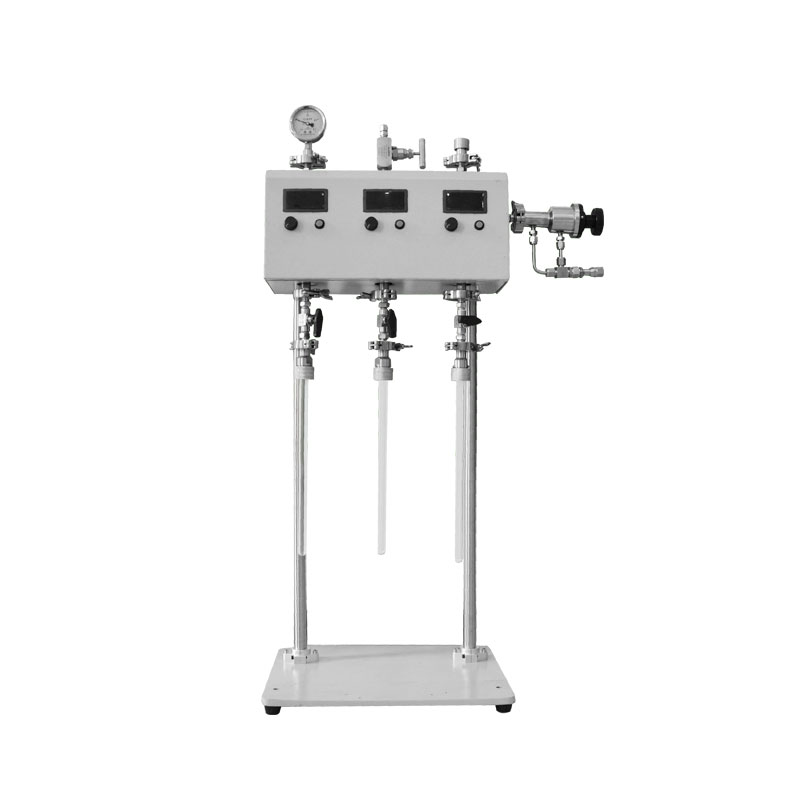The oxyhydrogen flame quartz glass sealing system is a specialized application used in universities for various purposes related to glass sealing. This system utilizes a mixture of oxygen and hydrogen gases to create a high-temperature flame that is directed onto quartz glass surfaces, allowing the fusion and sealing of different glass components.
The oxyhydrogen flame quartz glass sealing system offers several application benefits in the university setting. Here are some key advantages:

Hermetic Sealing: The system enables the creation of hermetically sealed glass components, ensuring airtight and watertight seals. This is particularly important in research laboratories where a controlled environment is required, as it prevents contamination from external factors such as dust, moisture, or gases. Hermetic sealing also helps maintain the integrity of sensitive materials or experiments.
Versatility: The oxyhydrogen flame quartz glass sealing system can be used with various types of glass, including quartz glass, which is highly transparent and has excellent thermal and chemical resistance properties. This versatility allows universities to seal a wide range of glass components used in different applications, from laboratory equipment to optical devices.
Precision and Control: The system provides precise control over the sealing process, allowing researchers and technicians to achieve accurate and repeatable results. The temperature and flame intensity can be adjusted to match the specific requirements of the glass components being sealed. This level of control ensures consistent and reliable sealing, critical for scientific experiments or the production of high-quality instruments.
Cost-Effectiveness: The oxyhydrogen flame quartz glass sealing system offers a cost-effective solution for sealing glass components compared to alternative methods such as laser welding or adhesive bonding. The gases used, oxygen and hydrogen, are relatively inexpensive, and the equipment required for the sealing process is generally affordable and easy to maintain. This makes it an attractive option for universities with limited budgets.
Flexibility in Design: The system allows for flexibility in the design and fabrication of glass components. It enables the joining of different glass parts with complex geometries, including tubes, rods, or intricate shapes, offering versatility in the creation of custom-designed apparatus or instruments. This flexibility is particularly beneficial in research and development scenarios where unique or specialized glass components are required.
Educational Value: The oxyhydrogen flame quartz glass sealing system serves as an educational tool in universities, providing students with hands-on experience in glass sealing techniques. It allows them to learn about the properties of different glasses, the principles of hermetic sealing, and the importance of precise craftsmanship. This practical knowledge can be valuable for future careers in scientific research, engineering, or glass-related industries.

In summary, the oxyhydrogen flame quartz glass sealing system brings several application benefits to universities, including hermetic sealing, versatility, precision, cost-effectiveness, design flexibility, and educational value. It supports a wide range of research, experimentation, and fabrication activities, contributing to the advancement of various fields of study and providing students with valuable skills and knowledge.

